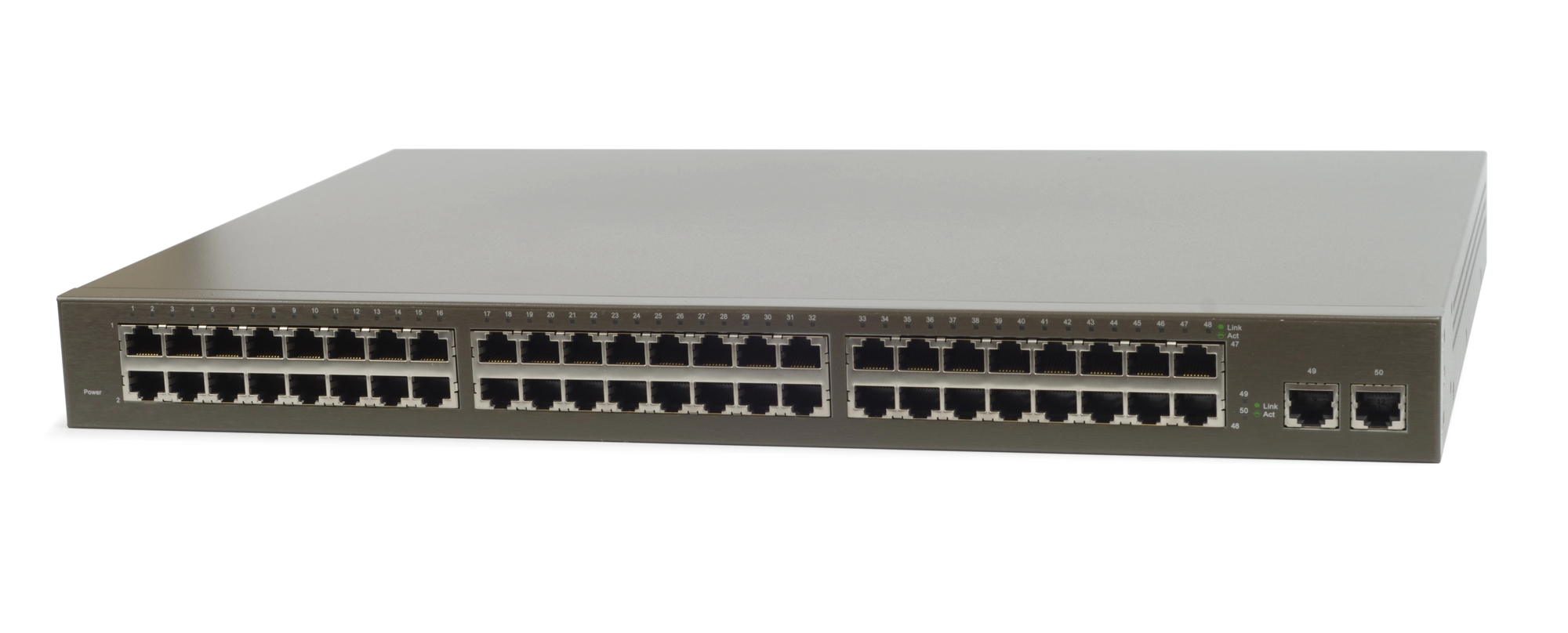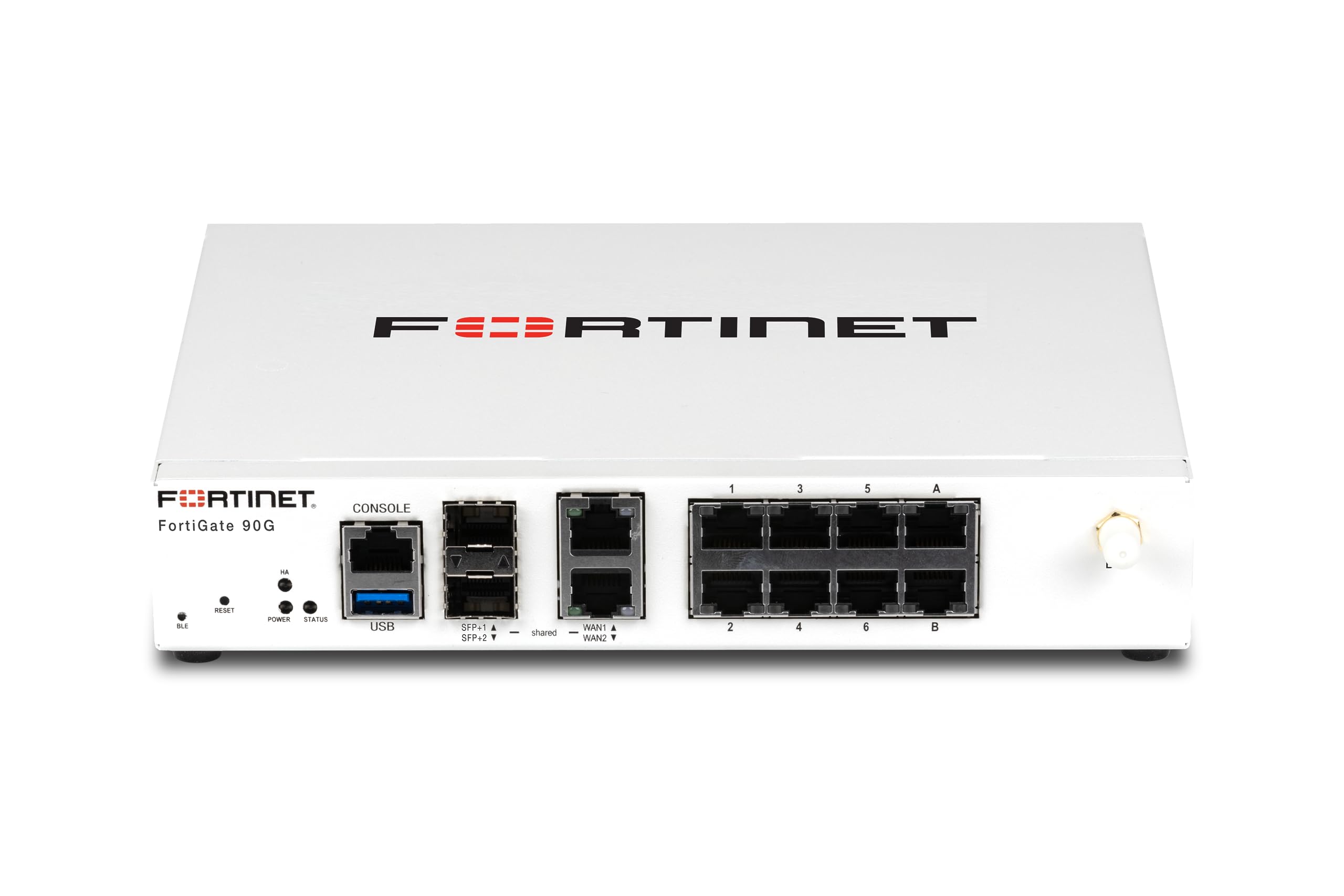Welcome to the Ultimate Guide to Network Hardware, brought to you by Acuative! Let’s be honest: most people don’t think about routers, switches, or firewalls until something breaks, and then suddenly everyone’s a “network expert.” The truth is, these devices are the real MVPs of your IT environment, quietly juggling traffic, keeping bad actors out, and making sure your systems don’t grind to a halt. Whether you’re building out a small office or scaling up a global network, this guide will help you understand the gear you need and how to keep it from turning into your biggest headache.
1. Routers
What is a Router?
A router is a device that connects multiple networks and directs data packets between them. It serves as the gateway between your local network and the internet, ensuring that data reaches its intended destination.
Types of Routers
- Home Routers: Designed for residential use, offering features like Wi-Fi connectivity, parental controls, and basic security settings.
- Business Routers: Built for small to medium-sized businesses, providing enhanced security, VPN support, and advanced network management features.
- Enterprise Routers: High-performance routers for large organizations, supporting complex network architectures, extensive security measures, and high-speed data transfer.
Key Features to Consider
- Speed and Performance: Look for routers that support the latest Wi-Fi standards (Wi-Fi 6) and high throughput rates.
- Security: Ensure the router offers robust security features like WPA3 encryption, firewall protection, and VPN support.
- Manageability: Business and enterprise routers should have advanced management features, including remote monitoring and configuration capabilities.
2. Switches
What is a Switch?
A switch is a networking device that connects devices within a local area network (LAN) and uses MAC addresses to forward data to the correct destination. It improves network efficiency by reducing collisions and maximizing bandwidth.
Types of Switches
- Unmanaged Switches: Simple plug-and-play devices suitable for small networks without the need for configuration.
- Managed Switches: Provide advanced features like VLANs, QoS, and remote management, ideal for larger and more complex networks.
- PoE Switches: Power over Ethernet (PoE) switches can power devices like IP cameras and wireless access points directly through the Ethernet cable.
Key Features to Consider
- Port Density: Choose a switch with enough ports to accommodate current and future network devices.
- Speed: Gigabit switches are standard for most applications, but consider 10 Gigabit switches for high-performance networks.
- Features: For business and enterprise use, managed switches with VLAN support, QoS, and SNMP are essential.
3. Access Points (APs)
What is an Access Point?
An access point (AP) is a device that allows wireless devices to connect to a wired network using Wi-Fi. It extends the coverage of a wireless network and enables more devices to connect seamlessly.
Types of Access Points
- Standalone APs: Suitable for small networks, where each AP operates independently.
- Controller-Based APs: Used in larger networks, where multiple APs are managed centrally by a wireless LAN controller.
- Mesh APs: Create a mesh network, providing seamless coverage over a large area without requiring a wired connection between APs.
Key Features to Consider
- Coverage: Ensure the AP can cover the required area, considering the number of devices and physical obstructions.
- Speed and Standards: Look for APs supporting the latest Wi-Fi standards (Wi-Fi 6) for higher speeds and better performance.
- Management: For larger networks, centralized management features are crucial for ease of maintenance and troubleshooting.
4. Firewalls
 What is a Firewall?
What is a Firewall?
A firewall is a security device that monitors and controls incoming and outgoing network traffic based on predetermined security rules. It acts as a barrier between your internal network and external threats.
Types of Firewalls
- Hardware Firewalls: Physical devices placed between your network and the internet, offering robust security for businesses and enterprises.
- Software Firewalls: Installed on individual devices, providing protection for personal computers and small networks.
- Next-Generation Firewalls (NGFW): Combine traditional firewall capabilities with advanced features like intrusion prevention, deep packet inspection, and application awareness.
Key Features to Consider
- Security Features: Ensure the firewall offers comprehensive protection, including antivirus, anti-malware, and intrusion prevention.
- Performance: Look for firewalls that can handle the traffic load without compromising speed.
- Manageability: Advanced management features, including real-time monitoring and remote configuration, are essential for business environments.
5. Network Attached Storage (NAS)
What is NAS?
Network Attached Storage (NAS) is a device connected to a network that allows multiple users and devices to store and retrieve data from a centralized location. It provides shared storage that is accessible over the network.
Types of NAS
- Personal/Home NAS: Compact and affordable devices for home users, providing basic file sharing and media streaming capabilities.
- Business NAS: More robust devices with higher storage capacities, data redundancy, and advanced features like user access controls and automated backups.
- Enterprise NAS: High-performance systems designed for large-scale storage needs, offering features like clustering, replication, and high availability.
Key Features to Consider
- Storage Capacity: Ensure the NAS has sufficient capacity to meet your current and future storage needs.
- Redundancy and Backup: Look for features like RAID support and automated backups to protect your data.
- Connectivity and Speed: Ensure the NAS has high-speed network interfaces (e.g., Gigabit Ethernet, 10 Gigabit Ethernet) for fast data access.
6. Network Cables
Types of Network Cables
- Ethernet Cables: The most common type of network cables, including Cat5e, Cat6, Cat6a, and Cat7, each offering different levels of performance and shielding.
- Fiber Optic Cables: Used for high-speed, long-distance data transmission, offering greater bandwidth and immunity to electromagnetic interference.
- Coaxial Cables: Used in older networks and specific applications like cable internet and TV.
Key Features to Consider - Speed and Bandwidth: Choose cables that support the required network speeds and bandwidth (e.g., Cat6 for Gigabit Ethernet, Cat6a for 10 Gigabit Ethernet).
- Shielding: For environments with significant electromagnetic interference, shielded cables (e.g., Cat6a) are recommended.
- Length and Flexibility: Ensure cables are of appropriate length and flexibility for your network setup, considering factors like distance and routing.
7. Modems
What is a Modem?
A modem (modulator-demodulator) is a device that converts digital data from a computer into a format suitable for a transmission medium (e.g., telephone lines or cable systems) and vice versa. It is essential for connecting to the internet via an ISP.
Types of Modems
- DSL Modems: Used for connecting to the internet via telephone lines.
- Cable Modems: Used for connecting to the internet via cable TV lines.
- Fiber Modems: Used for fiber-optic internet connections.
Key Features to Consider
- Compatibility: Ensure the modem is compatible with your ISP and internet plan.
- Speed: Look for modems that support the highest speeds offered by your ISP.
- Security: Choose modems with built-in security features to protect your network.
8. Network Interface Cards (NICs)
What is a NIC?
A Network Interface Card (NIC) is a hardware component that allows a computer or device to connect to a network. It can be an internal card inserted into a computer or an external USB device.
Types of NICs
- Ethernet NICs: Provide wired network connectivity.
- Wireless NICs: Provide wireless network connectivity.
- Fiber NICs: Provide high-speed fiber-optic connectivity.
Key Features to Consider
- Speed: Ensure the NIC supports the network speed you need (e.g., Gigabit Ethernet, Wi-Fi 6).
- Form Factor: Choose the appropriate form factor for your device (internal PCIe card, external USB adapter).
- Compatibility: Ensure the NIC is compatible with your device’s operating system and hardware.
9. Load Balancers
What is a Load Balancer?
A load balancer is a device that distributes network or application traffic across multiple servers to ensure no single server becomes overwhelmed. It enhances the availability and reliability of applications.
Types of Load Balancers
- Hardware Load Balancers: Physical devices dedicated to load balancing tasks.
- Software Load Balancers: Software applications that perform load balancing functions.
Key Features to Consider
- Performance: Ensure the load balancer can handle the required traffic load.
- Features: Look for advanced features like SSL offloading, health monitoring, and session persistence.
- Scalability: Choose a load balancer that can scale with your network needs.
10. Unified Threat Management (UTM) Devices
What is a UTM Device?
A Unified Threat Management (UTM) device is a security appliance that combines multiple security functions, such as firewall, antivirus, intrusion detection, and content filtering, into a single device.
Key Features to Consider
- Comprehensive Security: Ensure the UTM device offers a wide range of security features.
- Performance: Choose a device that can handle the traffic and security processing without slowing down your network.
- Manageability: Look for devices with easy-to-use management interfaces and reporting tools.
11. Network Controllers
What is a Network Controller?
A network controller is a device or software that manages network resources and operations, providing centralized control and automation of network functions.
Key Features to Consider
- Centralized Management: Allows for the centralized configuration and monitoring of network devices.
- Automation: Supports automation of network tasks to improve efficiency.
- Scalability: Can scale to manage large and complex networks.
12. VPN Gateways
What is a VPN Gateway?
A VPN gateway is a device that facilitates secure communication over a public network by establishing virtual private network (VPN) connections. It encrypts and decrypts data traveling between different networks.
Key Features to Consider
- Security: Look for robust encryption protocols (e.g., IPsec, SSL/TLS).
- Performance: Ensure the gateway can handle the required number of concurrent VPN connections without performance degradation.
- Compatibility: Ensure compatibility with various VPN clients and other network devices.
Frequently Asked Questions
What is the difference between a router and a switch?
A router connects different networks and directs internet traffic, while a switch connects multiple devices within the same network to allow them to communicate.
Why is network hardware important for businesses?
Reliable network hardware ensures fast connectivity, secure data transfer, and minimal downtime. For businesses, this means improved productivity, stronger cybersecurity, and better customer experiences.
How often should network hardware be upgraded?
Most network hardware lasts between 3–7 years, but businesses often upgrade sooner to support faster speeds, stronger security, and new technologies such as Wi-Fi 6 and SD-WAN.
What is the best network hardware for small businesses?
Small businesses typically need an entry-level firewall, business-grade router, managed switch, and access points that can scale as the company grows.
What are the security risks of outdated network hardware in business environments?
Outdated routers, switches, or firewalls often lack firmware updates and modern security features. This creates vulnerabilities that cybercriminals can exploit, making hardware refresh cycles a critical part of cybersecurity strategy.
What’s the difference between managed and unmanaged switches?
A managed switch allows configuration, monitoring, and control for better performance and security, while an unmanaged switch is plug-and-play with no advanced features.
What is the best network hardware setup for multi-location businesses?
Multi-site organizations often benefit from SD-WAN routers, centralized firewalls, managed switches, and cloud-managed wireless access points. This setup ensures consistent performance and security across all locations.
Expert Field Services & Seamless Procurement
Selecting the right network hardware is just the first step—proper installation and deployment are crucial to ensuring optimal performance. At Acuative, our expert field services team handles the full implementation process, from on-site installation to configuration and testing. Whether you're rolling out new network infrastructure or upgrading existing hardware, our experienced technicians ensure everything is deployed efficiently and correctly.
Beyond installation, Acuative also simplifies the technology procurement process. We source and supply a wide range of network hardware, ensuring you get the right equipment at the best value. By combining procurement with expert field services, we provide a turnkey solution, helping businesses acquire, implement, and manage their network infrastructure with confidence.
With Acuative, you don’t just get hardware: you get a trusted partner dedicated to delivering a seamless, end-to-end networking solution.

